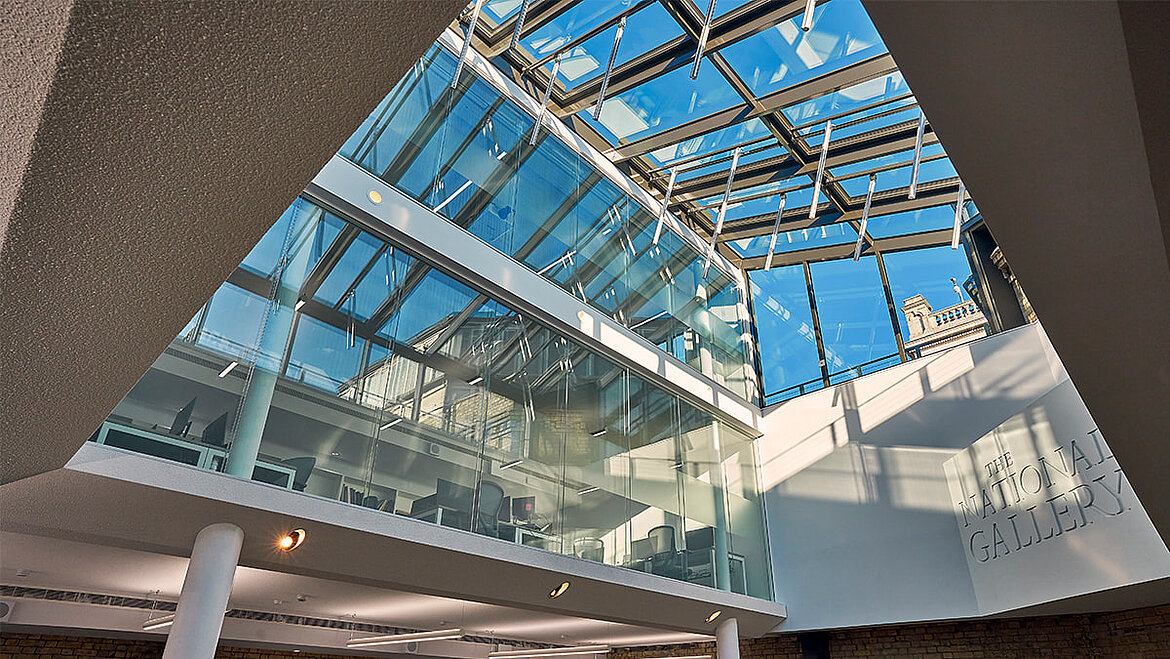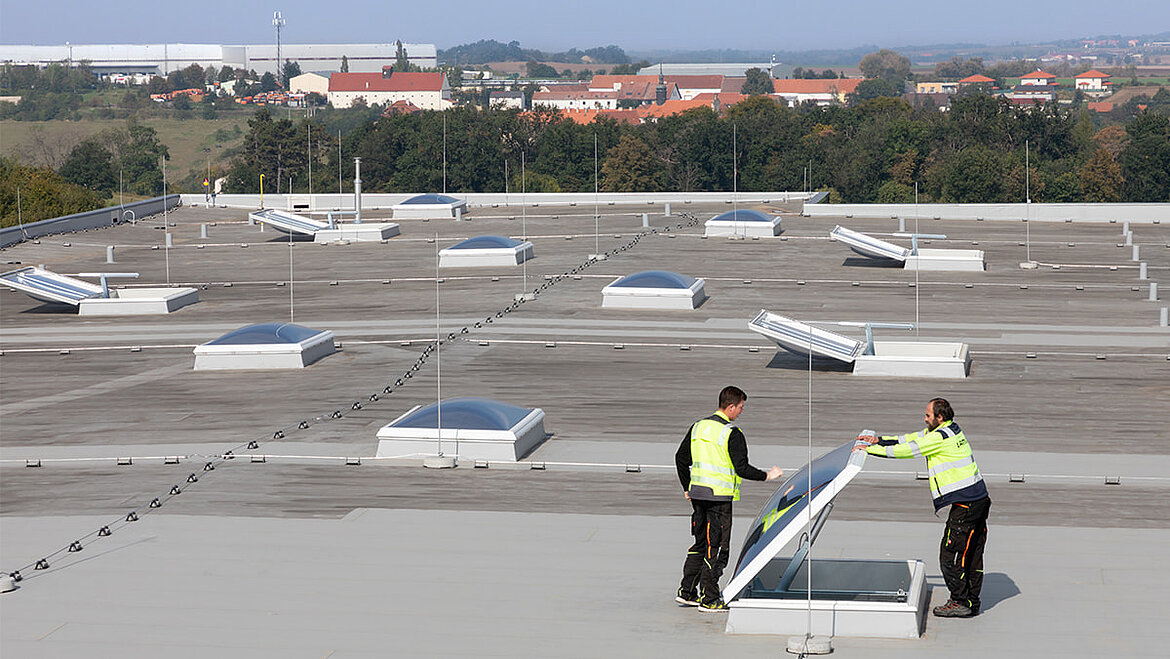The maintenance of a SHEV system requires utmost diligence
§319 StGB: "Anyone who endangers the life and limb of people in the planning and construction and operation of buildings can be prosecuted with a fine and imprisonment.
Section 319 of the Penal Code and a number of other laws lay down regulations that are essential for safety in the workplace. Operators or building owners have a duty of care to ensure that the common good of the people in the building is not endangered. Neglecting these duties will inevitably lead to civil or criminal consequences. In case of property damage or personal injury due to inadequately maintained installations that would ensure smoke and heat extraction in case of fire, insurance coverage may even be lost, as responsible persons would violate §7 of the General Conditions for Fire Insurance
Regulations, standards and directives at a glance
DIN 18232 and Vds 4020
Probably the most important guidelines are DIN 18232 and VdS 4020. DIN 18232 describes that maintenance work on SHEV systems may only be carried out by qualified personnel. This should be done at least once a year. All confirmation and control elements, all opening units, energy supply lines and each accessory must be checked. According to VdS 4020, all components belonging to smoke and heat vents must also be checked once a year and must be repaired if necessary. Both directives require that smoke and heat ventilation systems are maintained regularly by qualified personnel. There is, however, the difference that DIN 18232 is a generally recognised guideline and VdS 4020 is more of an insurance assessment basis. Although both guidelines were created independently of each other, they confirm each other's calculation results.
§14 of the Model Building Code
Section 14 of the Model Building Code stipulates that structural installations must be arranged in a way that prevents the development of fire and the spread of smoke and fire. In addition, the rescue of people and animals or the execution of fire-fighting operations must not be impeded.
DIN 57833 and VDE 0833 – 1
Electrical hazard detection systems, which are also part of smoke and heat extraction systems, must be checked once a year according to DIN 57833/VDE 0833-1. In case of defects, maintenance must be coordinated with the operator and carried out immediately.
VDI 3564
VDI regulation 3564 applies to high-bay warehouses in which all fire protection equipment, including SHEV systems, must be maintained at regular intervals. This maintenance must be documented in inspection books.
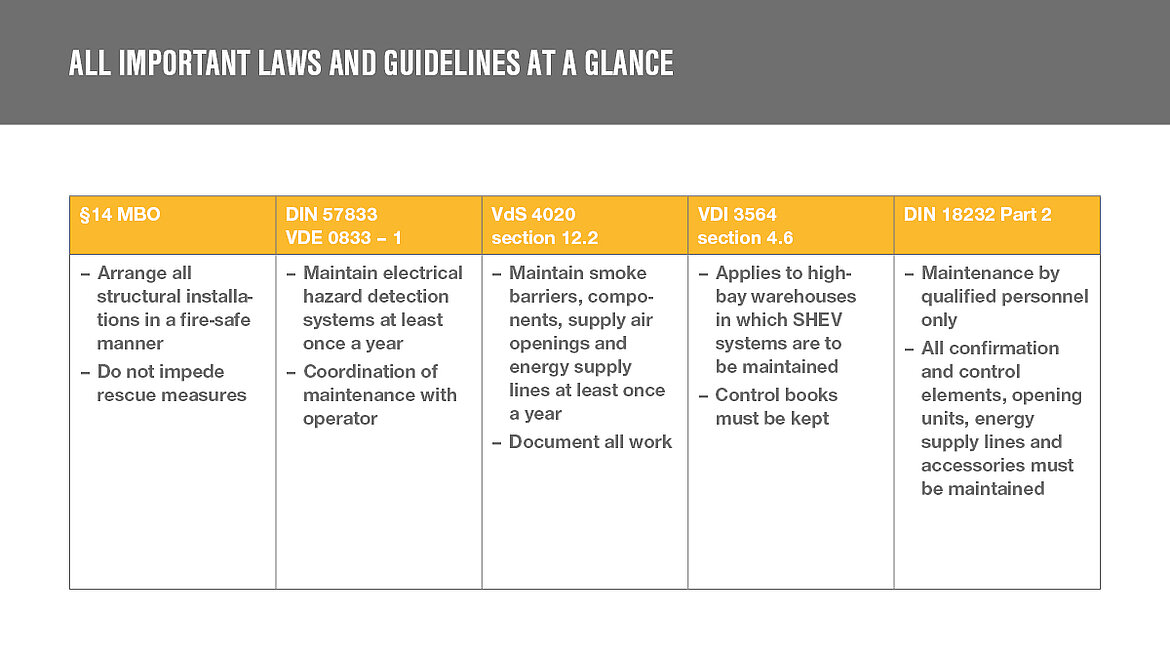
The importance of a functioning smoke and heat extraction system may not be underestimated. Because it creates escape routes for people who are in the building in case of fire: By opening the smoke and heat extraction devices installed in the roof, smoke can escape upwards, creating a low-smoke layer of air that makes breathing and visibility easier for fleeing persons. In addition, SHEV systems discharge the heat in the room without accumulating it. This prevents the abrupt transition of a fire from the initial development phase to the full fire phase, the so-called flashover, and relieves the building thermally. The thermal relief also increases the stability of the building and results in less damage caused by fire. For the processes to run smoothly, it is important that all SHEV systems work properly. Therefore, they need to be maintained regularly.
Proper maintenance saves lives
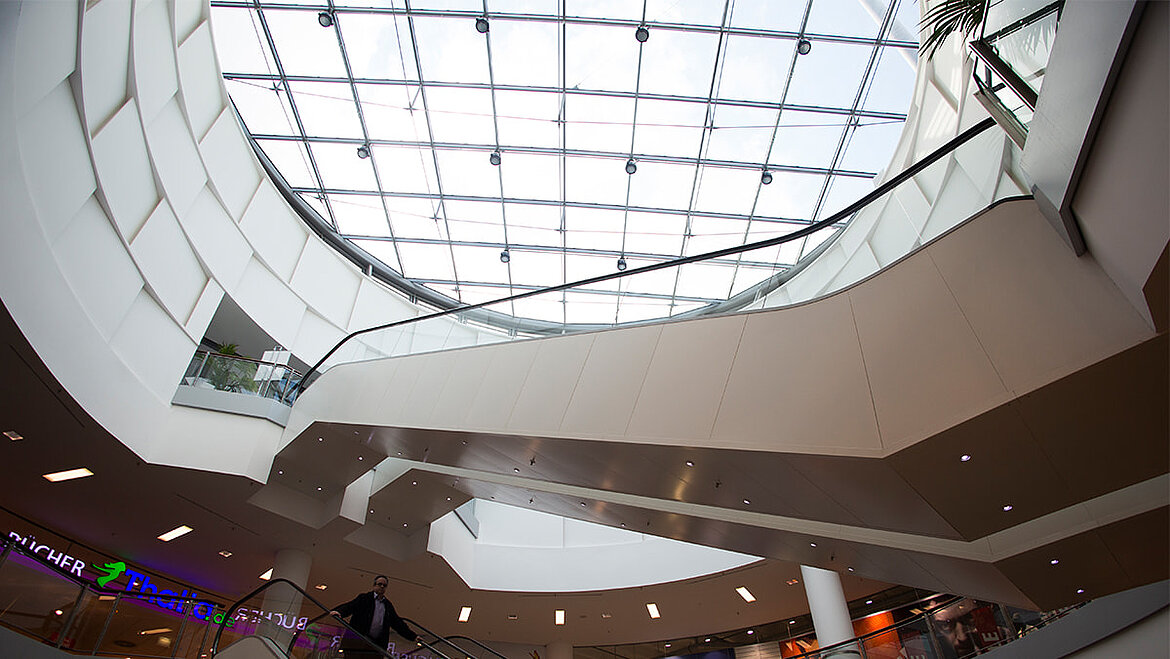
The main points of maintenance are to check the entire system. This involves checking whether a test release runs smoothly and whether all electrical lines are functioning. In addition, all moving parts such as screw connections or piston rods of pneumatic cylinders must be checked, as a certain amount of wear can occur there, for example in the form of leaks or abrasion. At the end, all observations and results are recorded in an inspection book. A maintenance to this extent should be carried out once a year, otherwise the duty of care is violated and will result in civil or criminal consequences. These may consist of fines or imprisonment. The intervals to be observed are regulated in DIN 18232-2, in DIN 08033 Part 1 or also in VdS Guideline 2098.
If it is found during maintenance that some parts need to be replaced, make sure that all installed parts function properly together. Caution: Only original parts or parts that have a corresponding approval according to DIN 18232 in the general test certificate may be installed. A proper function test must also be carried out after replacement. A visual inspection is not sufficient here, as otherwise it cannot be guaranteed that the system will function in an emergency. After proper maintenance, cleaning and servicing of the system with mild cleaning agents is also recommended.
Maintenance contracts from experts create security
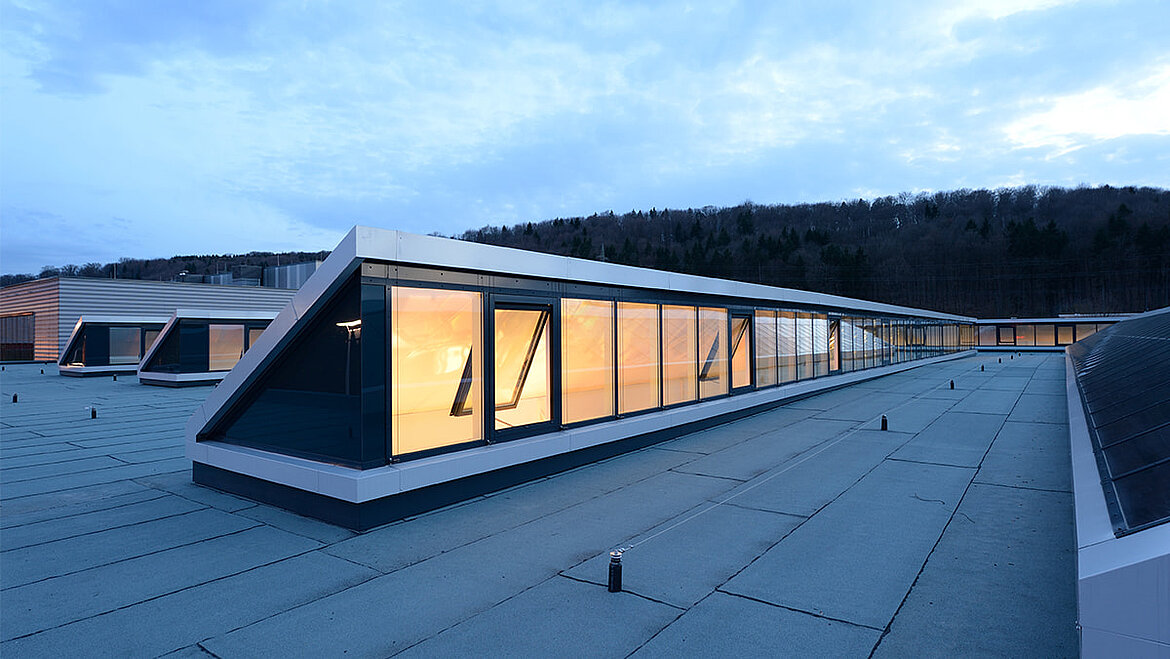
Who can and may carry out maintenance on SHEV systems? According to DIN 18232 Part 2, maintenance work on SHEV systems may only be carried out by qualified specialist companies. When selecting maintenance companies, the following decision-making criteria should be considered:
- The maintenance company is certified according to DIN 18232 Part 2.
- The maintenance technicians are regularly trained by the manufacturers.
- Maintenance is carried out according to system-specific checklists.
- The SHEV operating logs or also inspection logs are kept professionally.
- The maintenance company has sufficient liability insurance.
One of these qualified specialist companies is LAMILUX, for example. With its years of experience and expert knowledge, the manufacturer of skylights, smoke and heat extraction systems and intelligent building smoke extraction is a suitable partner for the maintenance of a SHEV system.
Professional maintenance has many advantages – also financially
If a building owner decides to sign a maintenance contract with a partner, this has several advantages. First and foremost, the person responsible in case of fire can minimise the effects of damage and his own liability risk. This is because regular maintenance appointments are no longer forgotten and the owner's own inspection effort is reduced. In addition, the building owner can be sure that all manufacturer and installer specifications are observed and that costs are more transparent. In addition, the contractual partner is available with advice and support in an emergency. LAMILUX exclusively offers each of its customers a Premium Service Card with a 24-hour hotline.
Maintenance is not only required by law, but also brings many advantages for the operators. In addition to safety in case of fire, maintenance also has a financial benefit. This is because the value retention is much greater, as potential long-term damage can be detected at an early stage and can be repaired quickly. This means that the system can be depreciated for longer. In addition, proper maintenance and documentation prevents fines or financial losses due to plant closures. The biggest advantage, apart from the financial circumstances, is of course the factor that human lives can be saved better and the building is also safer.
So there is no question: to save people and buildings in an emergency, professional maintenance of SHEV systems is required. However, operators and building owners are not left on their own when it comes to this multifaceted topic, because maintenance experts such as LAMILUX provide comprehensive and competent advice and support to those responsible in case of individual problems and solution concepts - for permanent functioning and value retention of the installed SHEV system.
